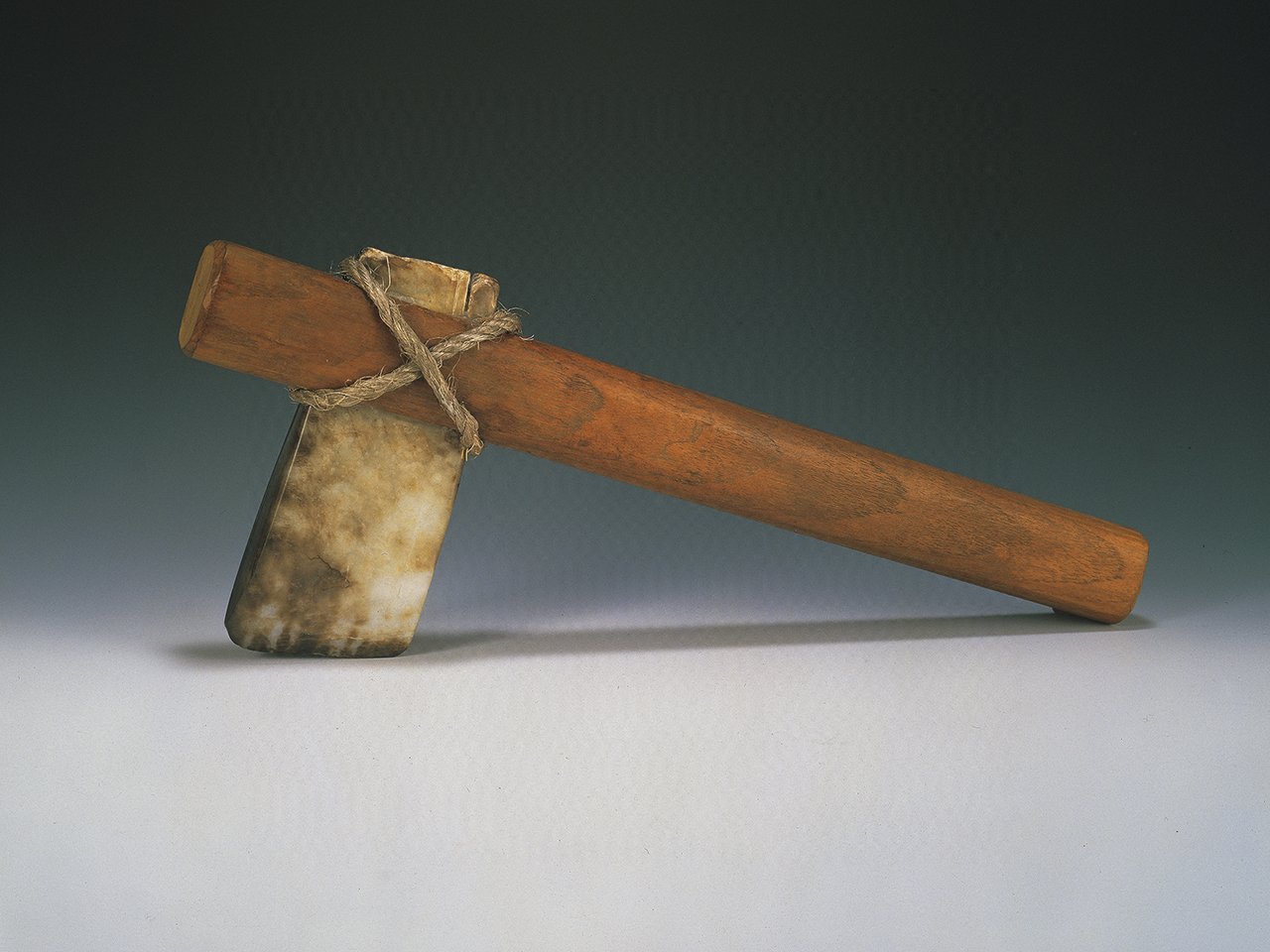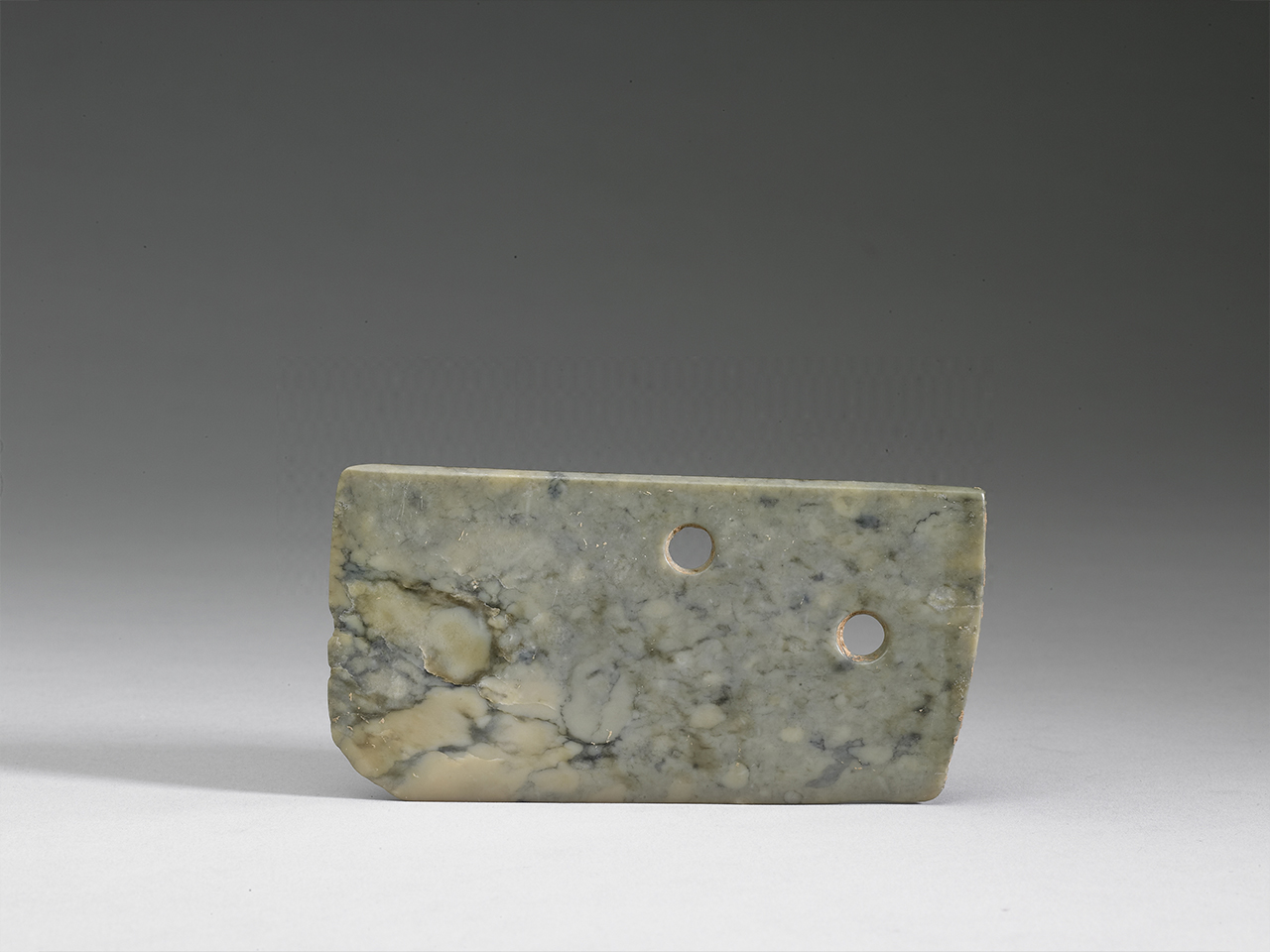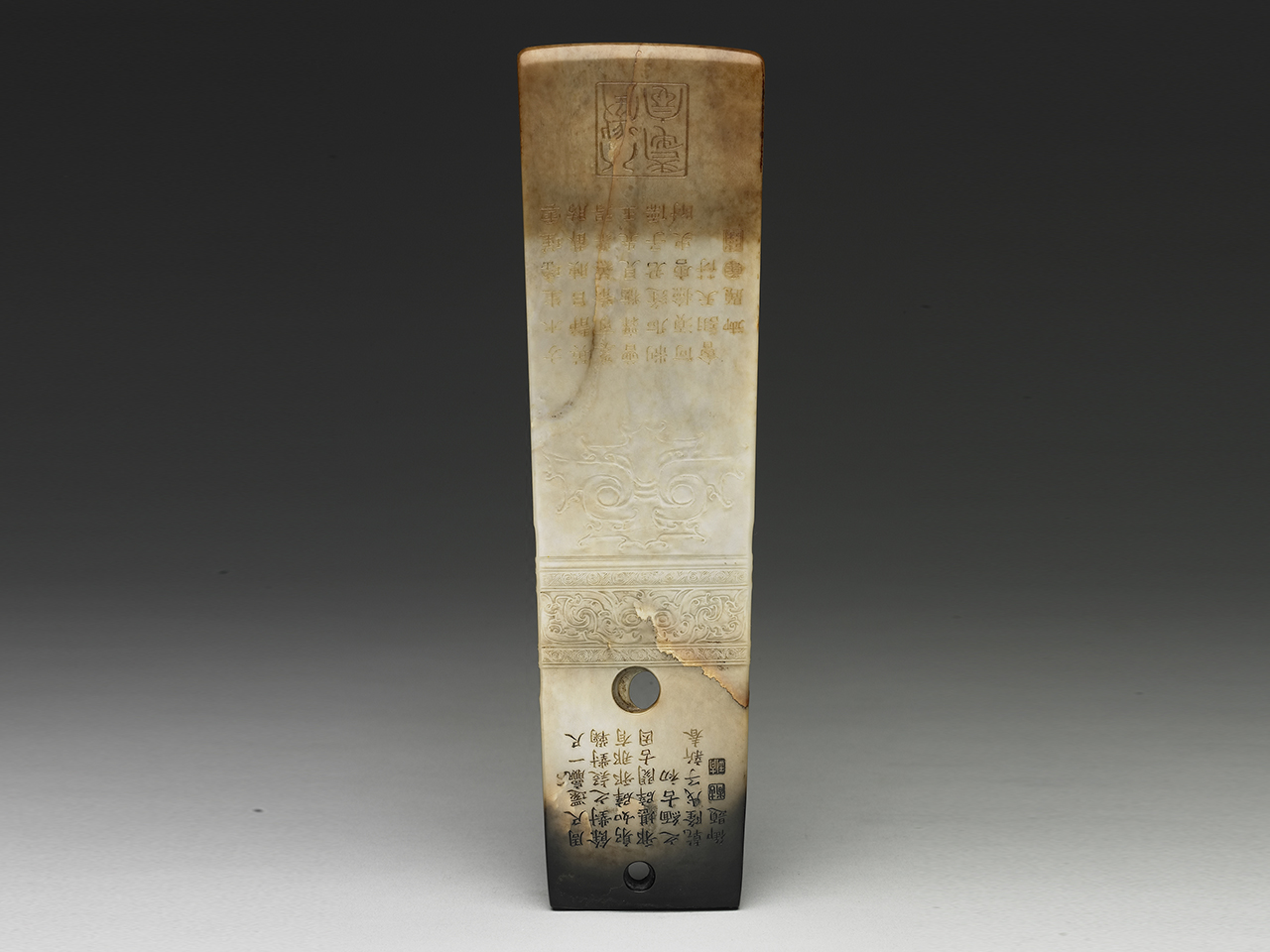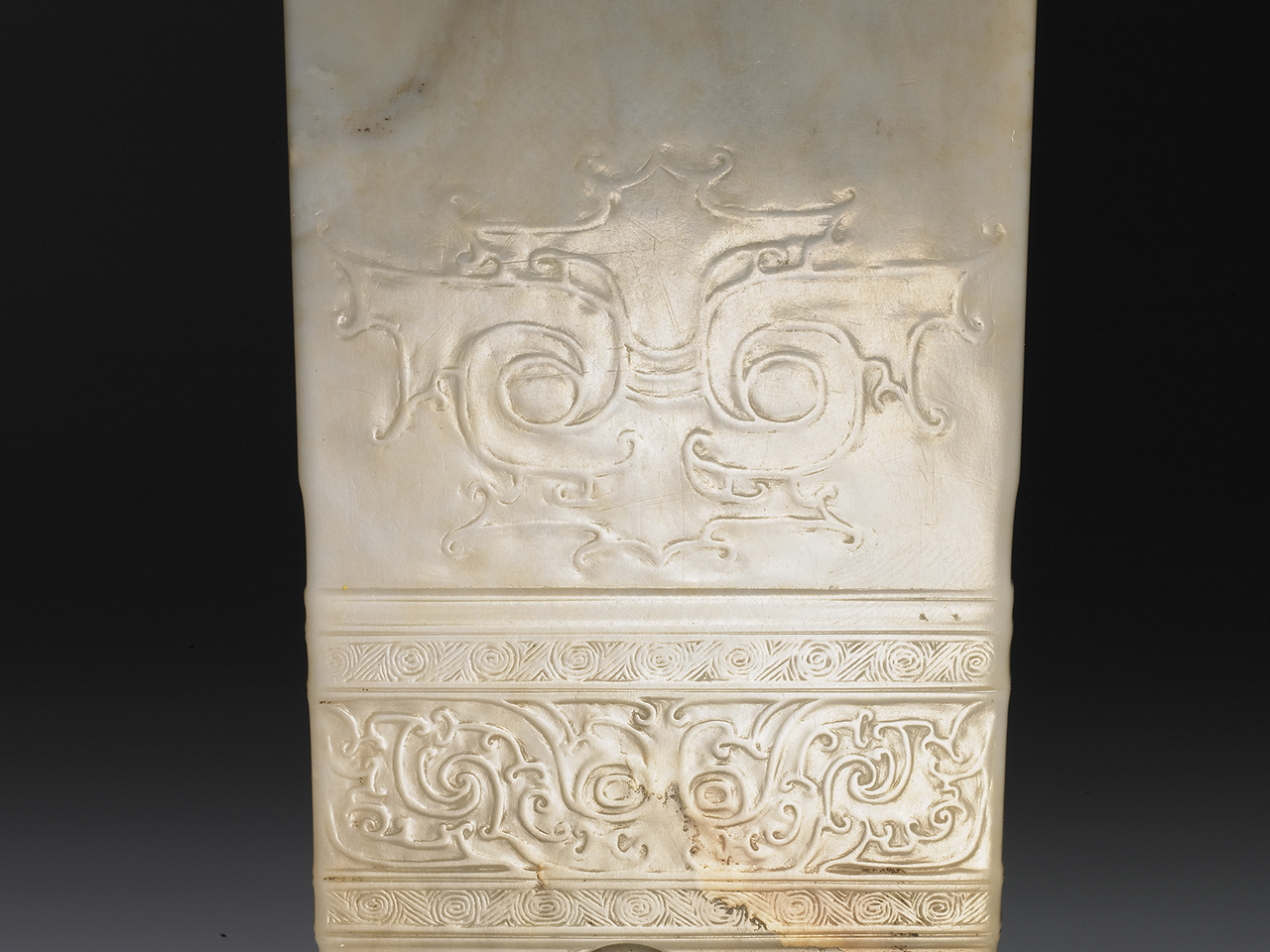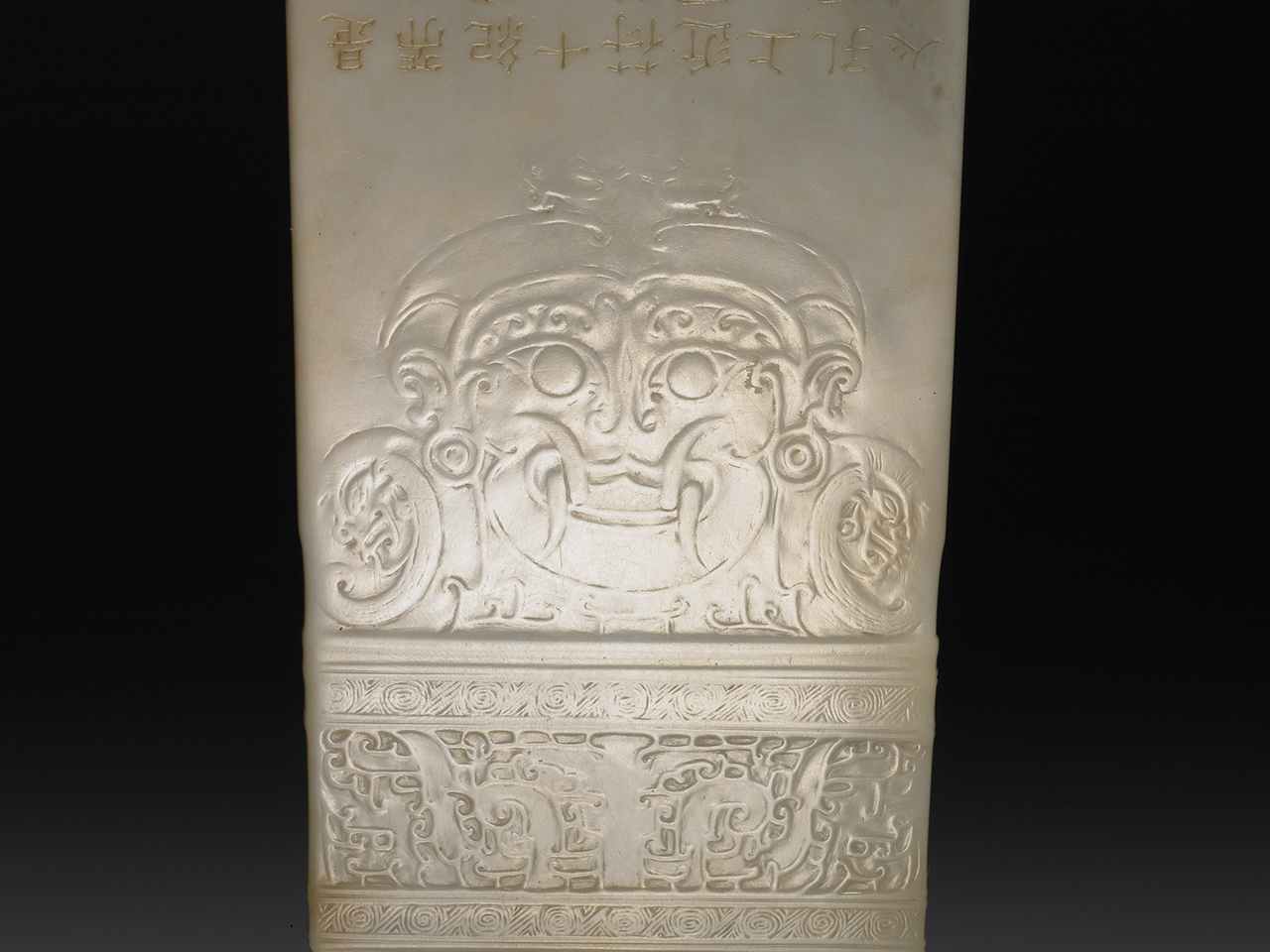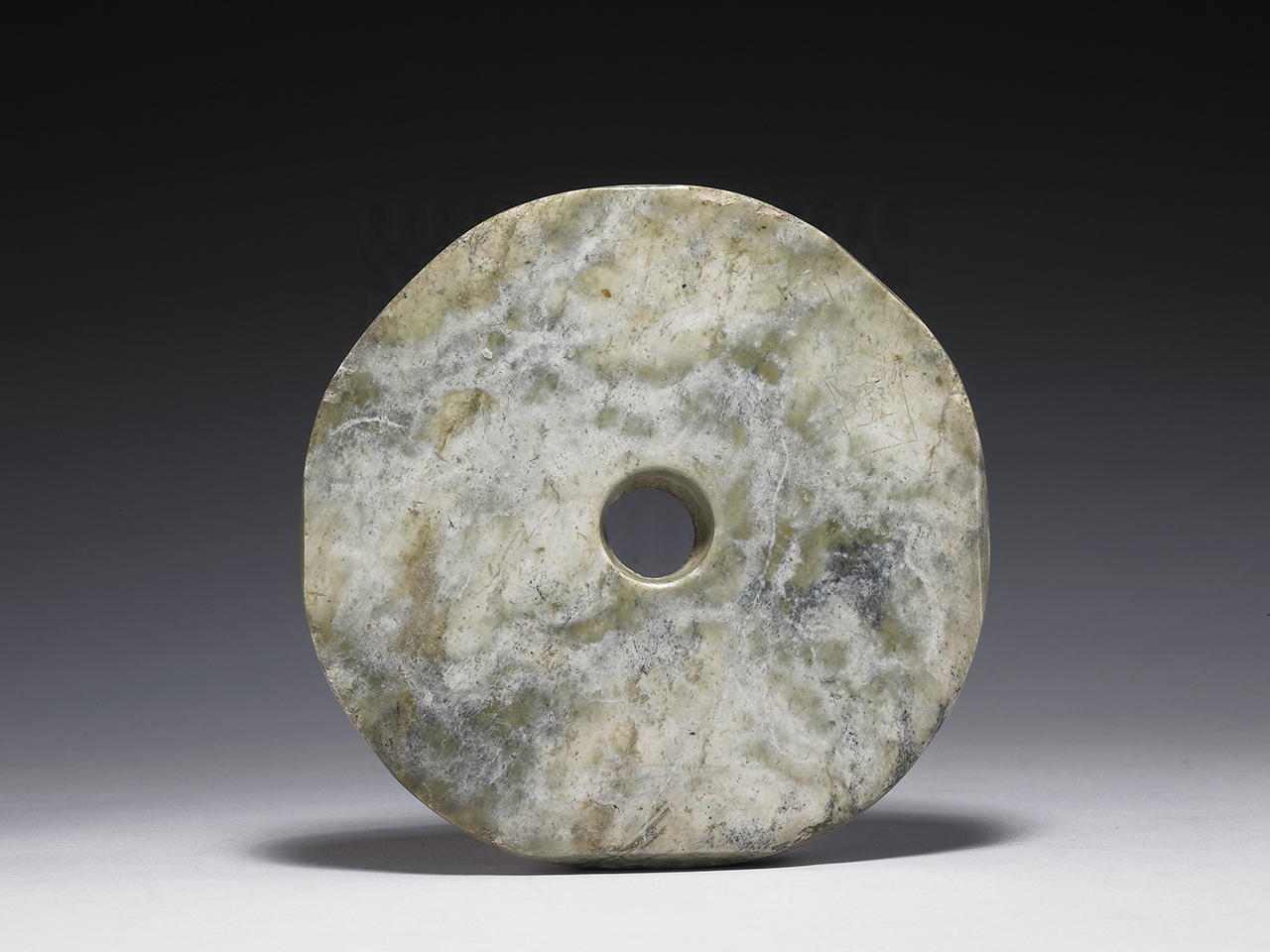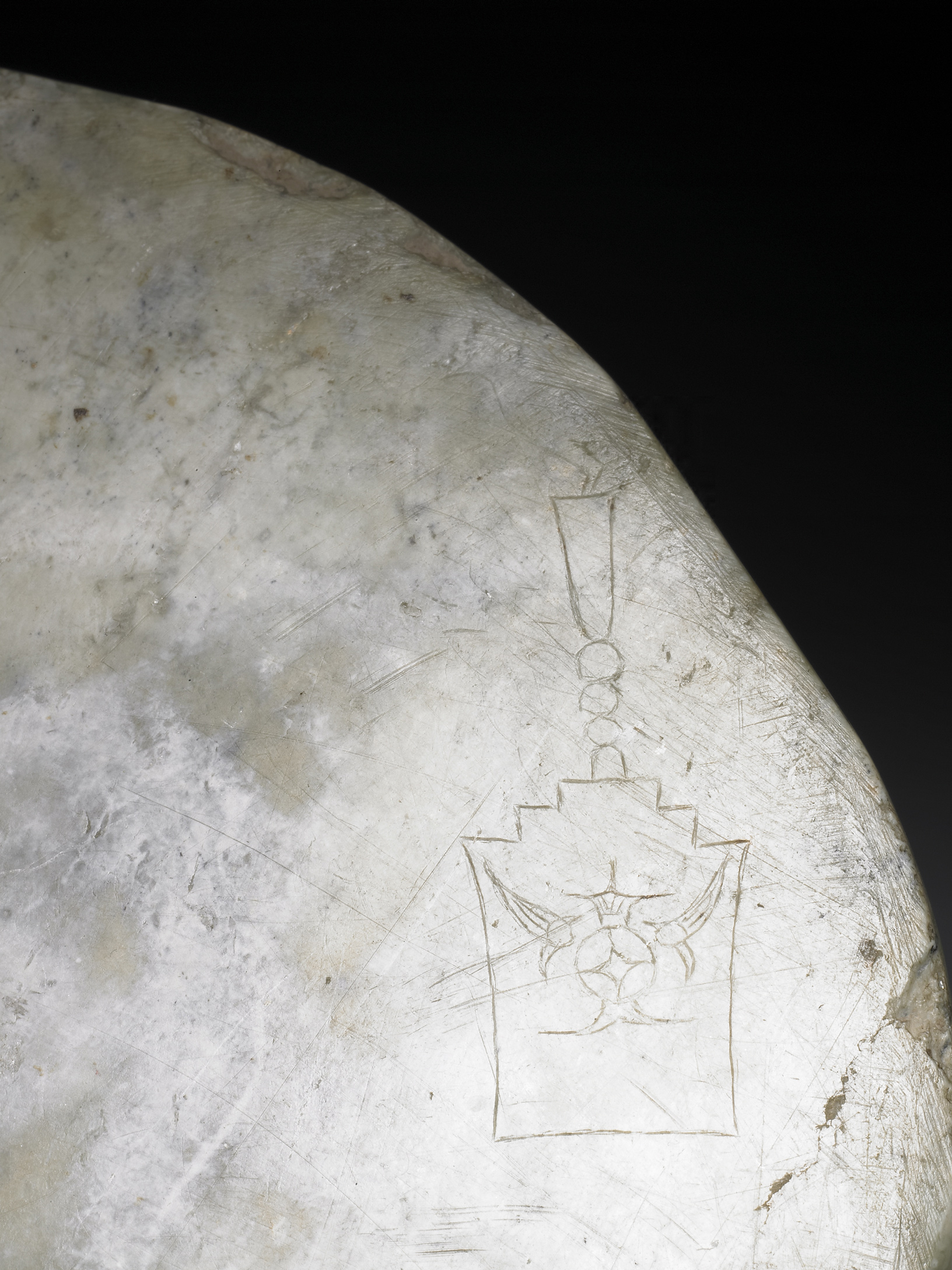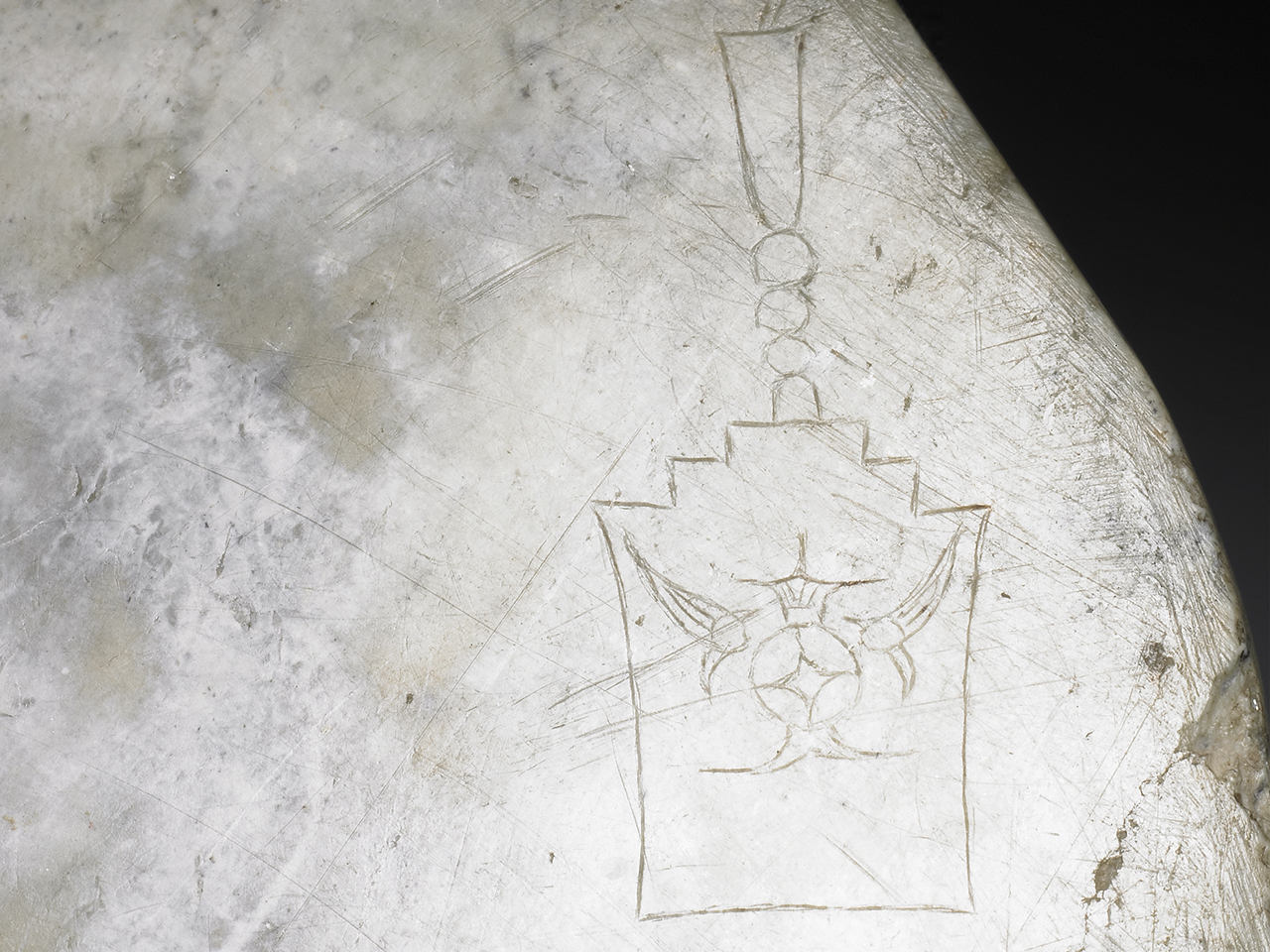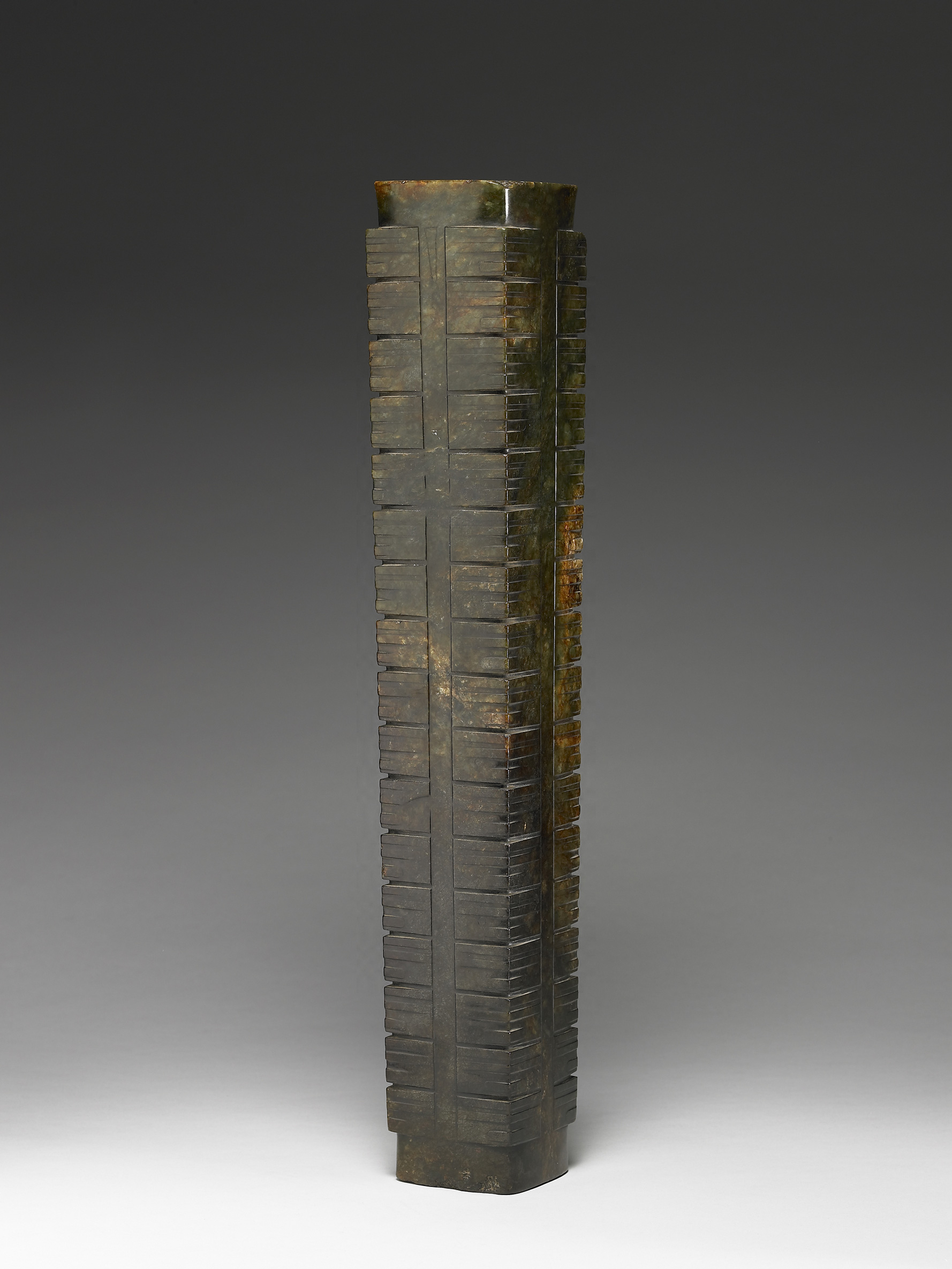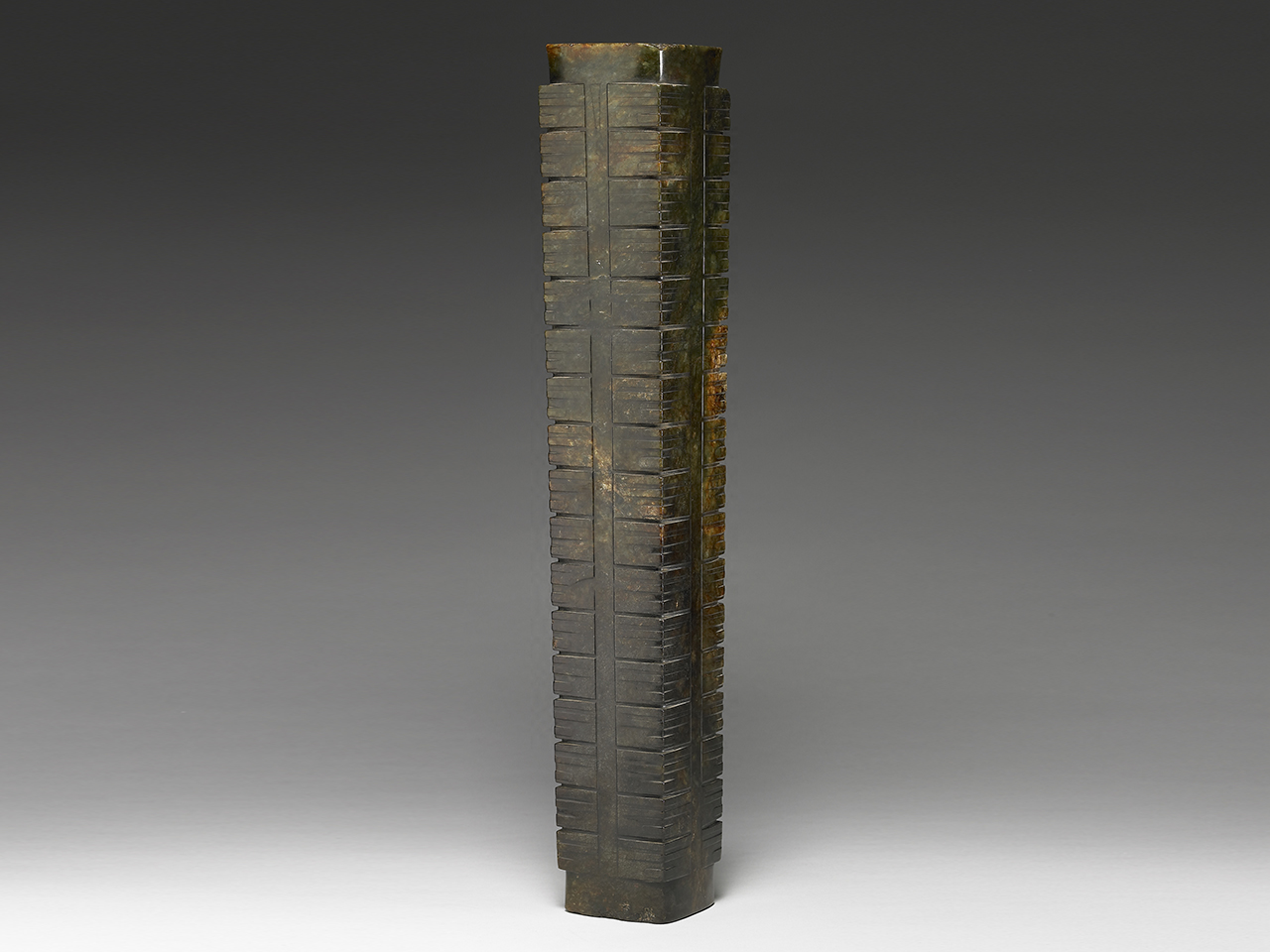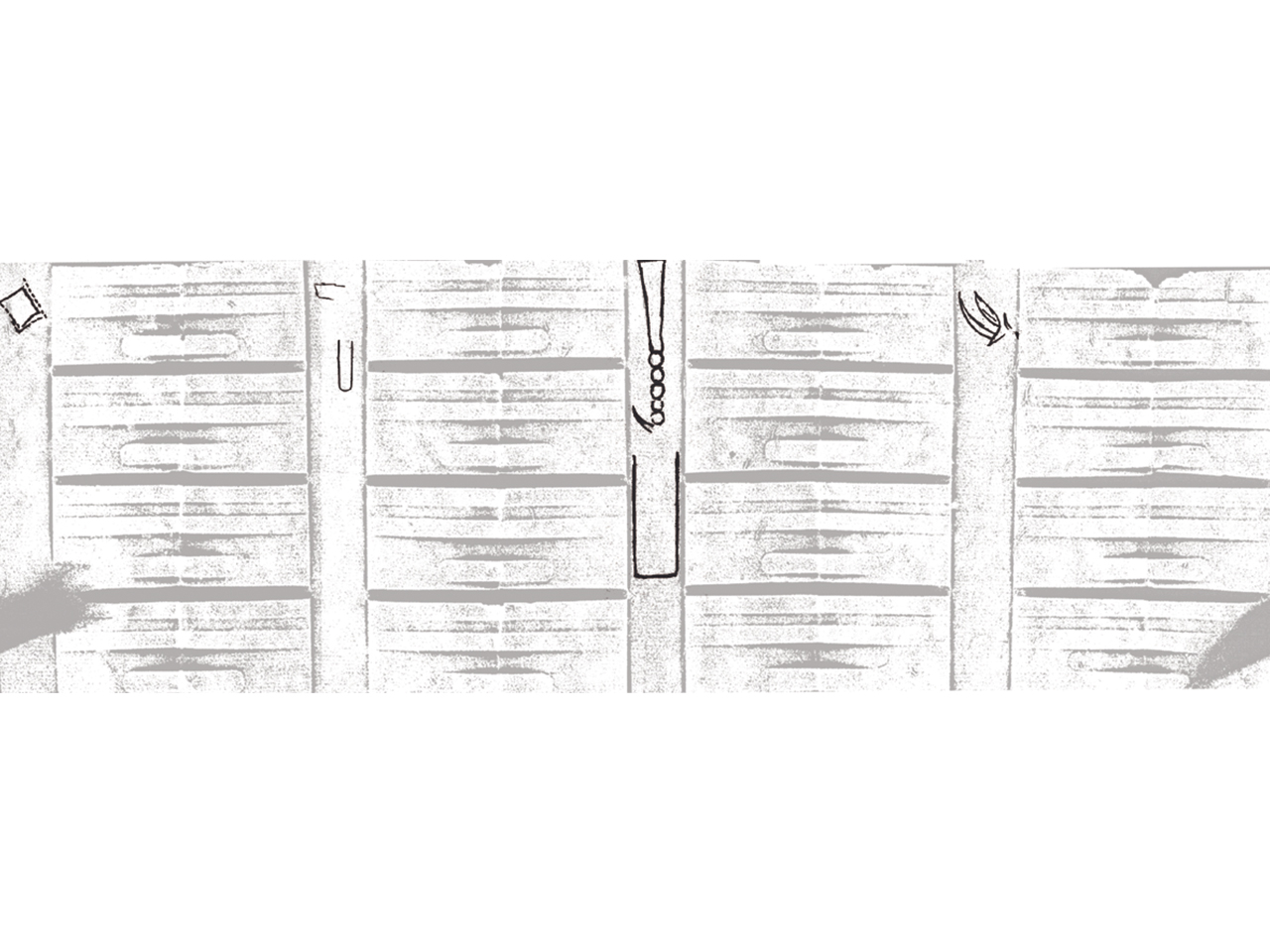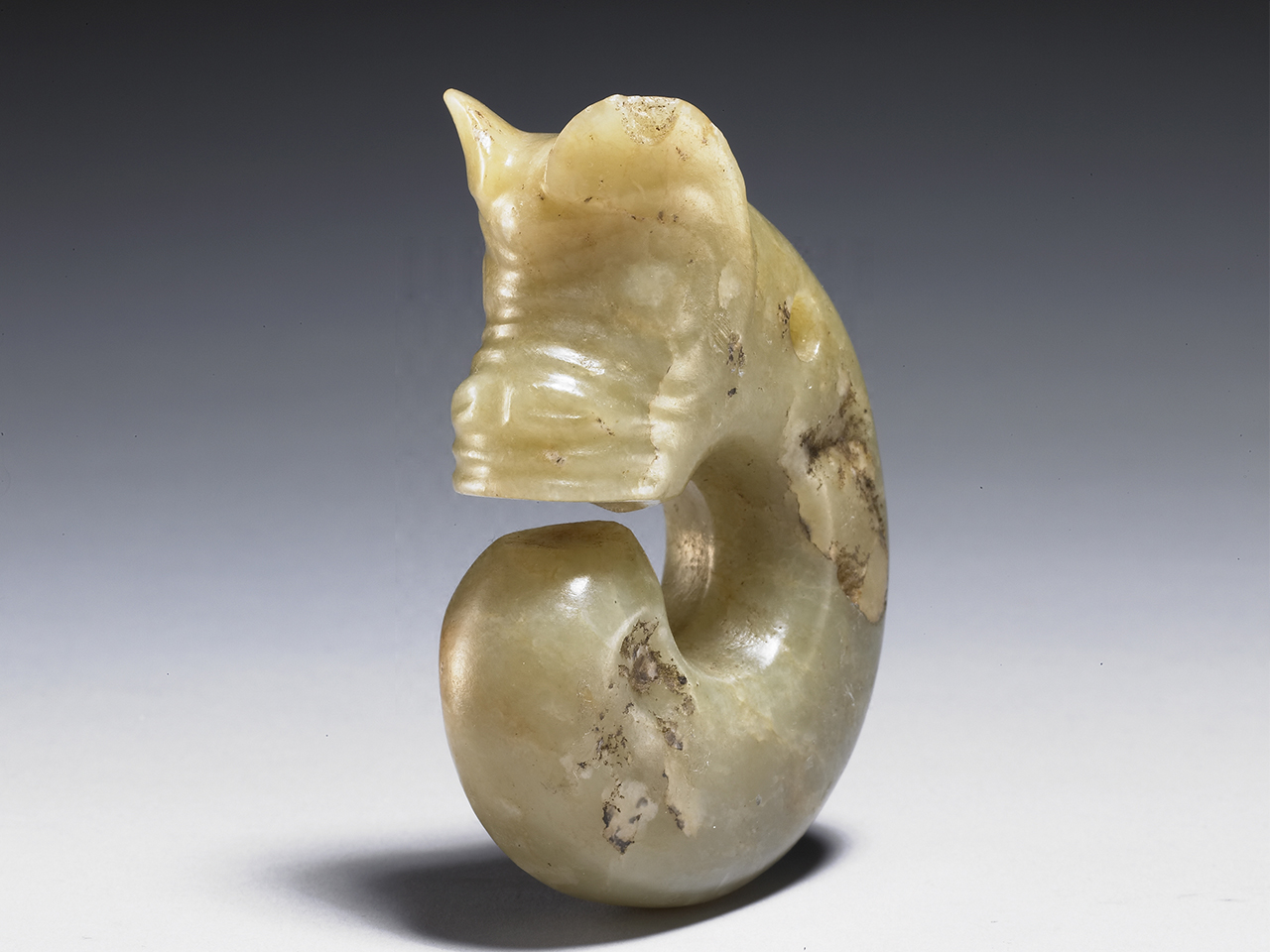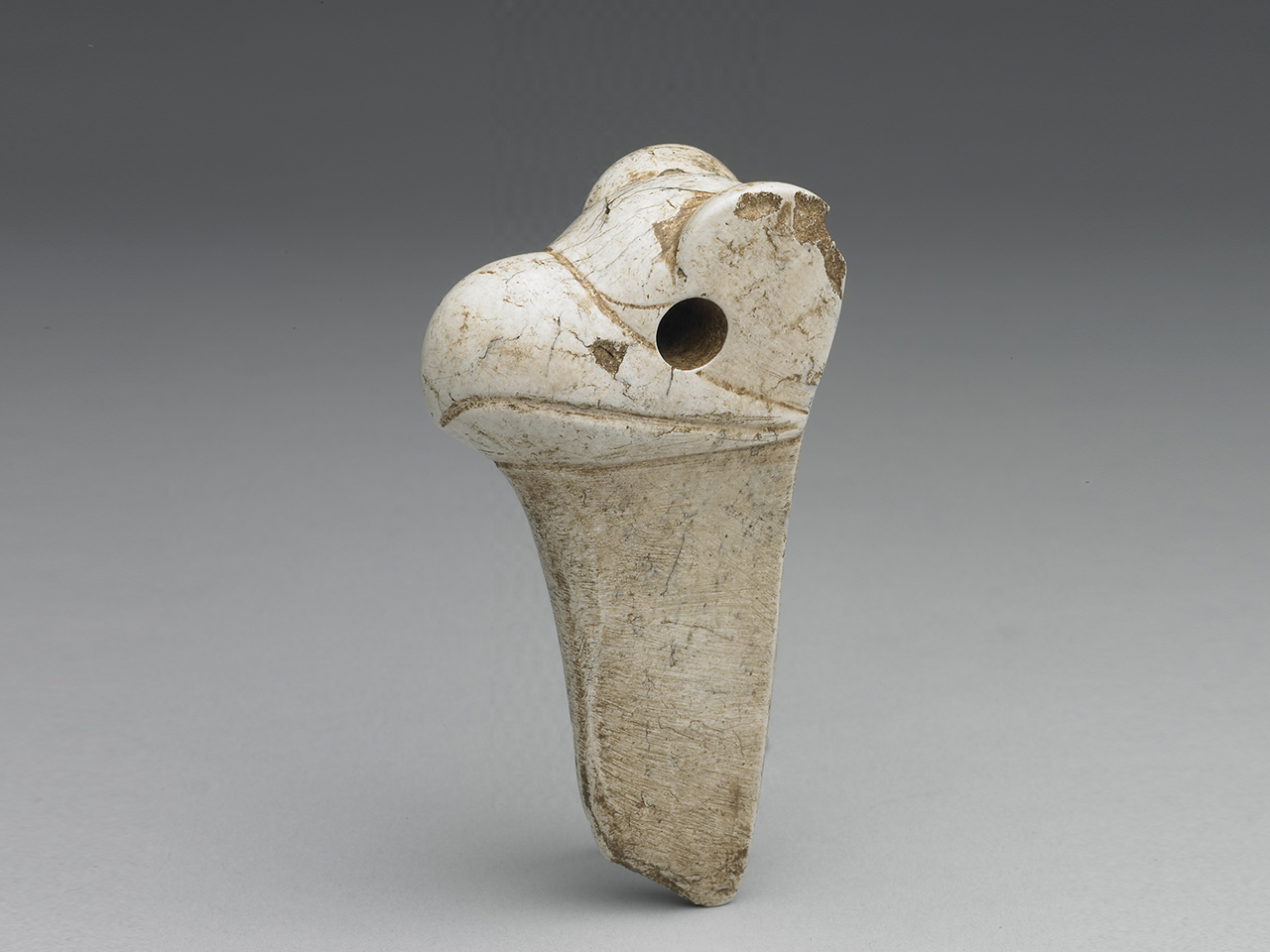The Spirit of Jade
In the remote past when people had to struggle for survival against the merciless forces of nature, they also realized a fact that the radiant sunshine dictated all facets of living in the universe. The movement of the sun brought in the alternation of day and night, changes of seasons, blossoming and withering of plants, and the very existence and sustenance of us humans. That ever-refreshing vital force of the universe, which kept all life forms going and thriving, was called yuanqi or jingqi (sap, energy). Primitive men believed that in everything, i.e. heaven, earth, sun, moon, mountains, rivers, plants, trees, etc., and in every phenomenon, such as wind, rain, thunder, lightening and so on, there existed an animating force, a deistic spirit.
As our early forebears picked up bamboo, wood, stones, and bones, turning them into tools, they found that a few stones were not only hard and enduring, but also beautiful and tender. Amazingly tools made of this fine material more than once helped them through tough crises as if by magic, while its radiating sheen looked just like the springtime sunshine which woke the world back to life. They figured that the beautiful stone was also imbued with the life-catalyzing jingqi and gave it an elegant name yu, i.e. jade.
They further believed that with its jingqi which was already enabling humans to commune with deities, the beautiful jade could acquire an even higher power of affinity if fashioned after the way the universe orbited, or into the images of the clan ancestors. Time passed; from the middle to late Neolithic period (c. 6000 to 2000 B.C.E.), scattering villages gathered as alliances and gradually developed into states. Society stratified and classes formed; a group of wise shamans capable of channeling with deities emerged to govern the affairs of all, led by a chief shaman. Through the beautiful divining jade they received wisdom from spirits, engaging dialogues with heaven and earth.

